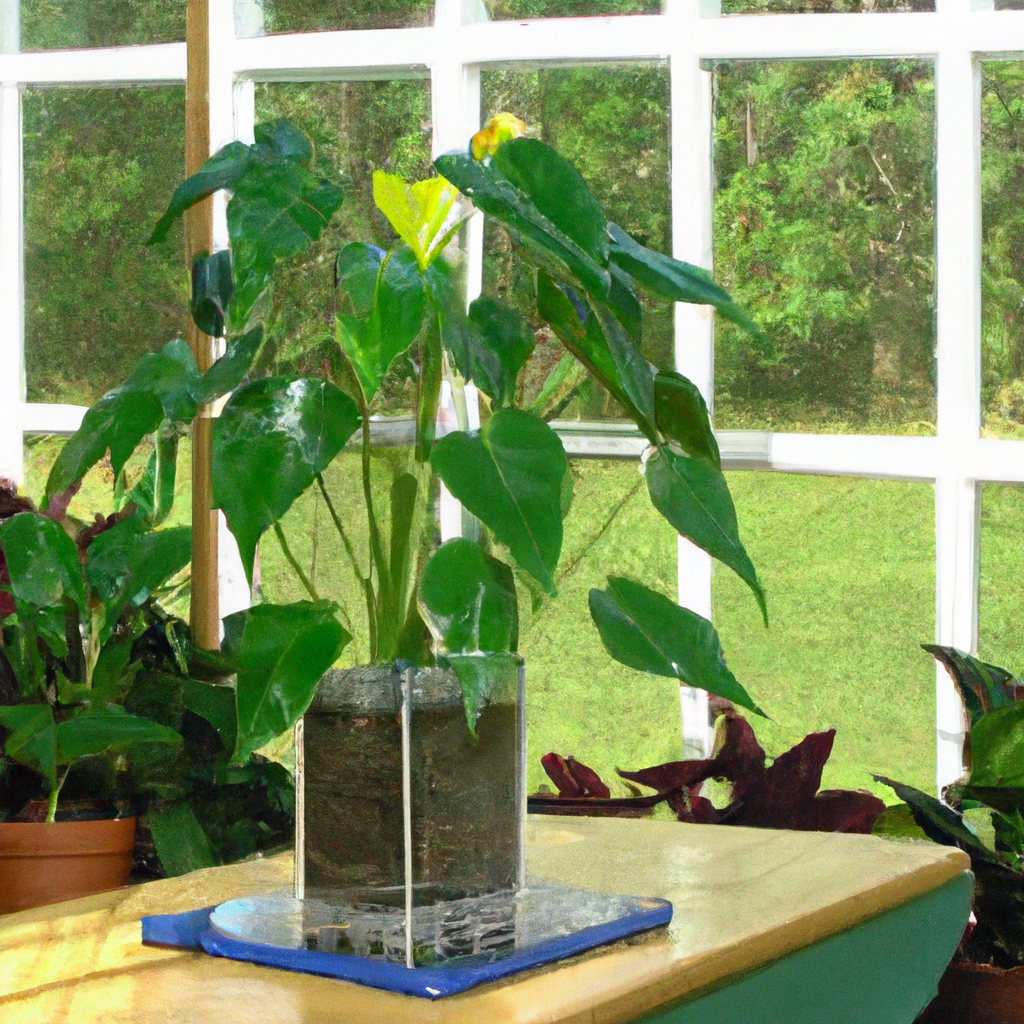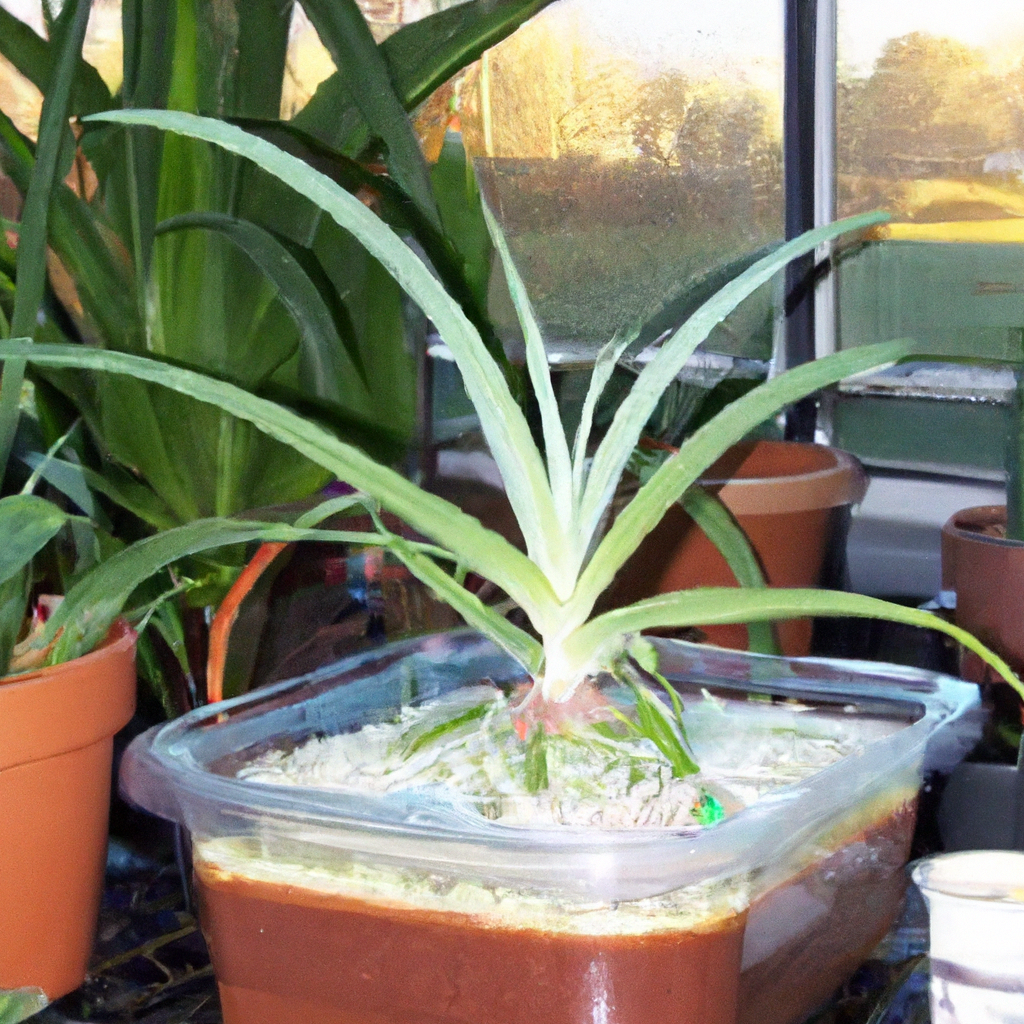
Imagine stepping into your greenhouse and being surrounded by a lush, thriving oasis. A place where your plants flourish, pests are kept at bay, and the air feels refreshingly cool and humid. Creating a favorable microclimate in your greenhouse may seem like a daunting task, but fear not! In this article, we will guide you through simple yet effective techniques to help you create an environment that optimizes growth and ensures the success of your plants. So roll up your sleeves, and let’s get started on transforming your greenhouse into a haven for your botanical treasures.
Choosing the Right Location for Your Greenhouse
Consider the Sun Exposure
When selecting the location for your greenhouse, one of the most important factors to consider is the sun exposure. Make sure to choose a spot that receives ample sunlight throughout the day. A southern or southeastern exposure is generally ideal, as it ensures that your plants will receive the most sunlight during the day. Avoid areas that are shaded by buildings, trees, or other structures, as this can limit the amount of sunlight your plants receive and hinder their growth.
Evaluate the Wind Direction
Another crucial consideration when choosing the location for your greenhouse is the wind direction. Strong winds can cause damage to your greenhouse and disrupt the optimal growing conditions for your plants. Therefore, it is important to assess the prevailing wind direction in your area and choose a location that is sheltered or protected from strong winds. This can be done by placing the greenhouse near structures, such as buildings or fencing, that can act as windbreaks and provide protection.
Assess the Nearby Structures and Trees
In addition to the sun exposure and wind direction, it is essential to assess the nearby structures and trees when selecting the location for your greenhouse. Tall structures or trees close to the greenhouse can cast shadows and obstruct sunlight, negatively impacting the growth of your plants. Ensure that there are no overhanging branches or structures that can potentially damage the greenhouse in case of severe weather conditions. By carefully evaluating the surroundings, you can choose a location that minimizes potential obstacles and maximizes the favorable conditions for your greenhouse.
Structural Considerations for a Favorable Microclimate
Select the Right Greenhouse Design
The design of your greenhouse plays a significant role in creating a favorable microclimate for your plants. Consider factors such as the shape, size, and materials used in the construction of the greenhouse. A well-designed greenhouse should provide sufficient space for your plants, optimize natural light intake, and allow for efficient temperature regulation. Research different greenhouse designs and choose one that best suits your specific needs and growing requirements.
Ensure Proper Insulation
Proper insulation is crucial in maintaining a stable and favorable microclimate within your greenhouse. Insulation helps to regulate the temperature, reduce heat loss, and prevent fluctuations that can be detrimental to your plants. Ensure that your greenhouse is properly insulated using materials such as double-layered plastic or insulated panels. By minimizing heat loss and maintaining a consistent temperature, you can create a stable environment that promotes optimal plant growth.
Install Adequate Ventilation
Proper ventilation is essential for maintaining a healthy and balanced microclimate in your greenhouse. It helps to regulate temperature, control humidity levels, and prevent the buildup of harmful gases. Install vents or windows that can be opened and closed to allow for proper airflow. This will help to prevent the greenhouse from becoming too hot or too humid, creating an environment that is conducive to plant growth.
Opt for Double Glazing
Double glazing is a beneficial option to consider when constructing your greenhouse. It involves using two layers of glass separated by a small air gap. This insulation technique provides better thermal efficiency, reducing heat loss during cold weather and heat gain during hot weather. By opting for double glazing, you can further enhance the energy efficiency of your greenhouse and create a more stable microclimate for your plants.

This image is property of images.unsplash.com.
Controlling Temperature and Humidity Levels
Install a Thermostat
To effectively manage the temperature inside your greenhouse, it is essential to install a thermostat. A thermostat enables you to monitor and regulate the temperature, ensuring that it remains within the optimal range for your plants. Set the thermostat to the desired temperature and connect it to a heating or cooling system to maintain a consistent and favorable microclimate. This allows you to provide your plants with the ideal environment for growth throughout all seasons.
Utilize Shade Cloth
In order to prevent excessive heat buildup, particularly during the warmer months, it is beneficial to utilize shade cloth in your greenhouse. Shade cloth can be hung above your plants to provide shade and reduce the intensity of sunlight. This helps to regulate the temperature by preventing overheating and also protects your plants from sunburn. Choose a shade cloth with an appropriate level of shading based on the sunlight intensity in your area.
Use a Misting System
maintaining proper humidity levels is crucial for the overall health and growth of your plants. One effective way to achieve this is by using a misting system within your greenhouse. A misting system consists of fine spray nozzles that release a fine mist of water into the air, increasing humidity. This is especially beneficial during hot and dry periods when the natural humidity levels may be low. By using a misting system, you can create a more favorable microclimate that mimics the conditions found in the natural environment of your plants.
Implement Fogging
Another method to control humidity levels in your greenhouse is by implementing a fogging system. Fogging involves releasing a fine mist of water into the air, which creates a fog-like atmosphere within the greenhouse. This increases humidity and reduces temperature simultaneously. Fogging is particularly useful in arid or dry climates where maintaining adequate humidity levels can be challenging. By employing fogging, you can ensure that your plants receive the necessary moisture to thrive in a balanced microclimate.
Optimizing Air Circulation
Use Fans or Circulation Systems
Proper air circulation is essential for maintaining a favorable microclimate in your greenhouse. Stagnant air can lead to issues such as moisture buildup, temperature variations, and the development of pests or diseases. To promote effective air circulation, consider installing fans or circulation systems within your greenhouse. These systems can help to distribute air evenly, prevent hotspots, and ensure that fresh air reaches all areas of your greenhouse. Position fans strategically to create a consistent airflow that benefits your plants.
Position Fans Strategically
Strategic placement of fans is crucial for optimizing air circulation within your greenhouse. Consider the size and layout of your greenhouse when determining the number and placement of fans. Ideally, fans should be situated in areas where airflow is most needed, such as corners or areas that are prone to poor ventilation. By positioning fans strategically, you can enhance the air circulation and promote a healthier microclimate for your plants.
Clear Obstructions for Airflow
To ensure proper air circulation within your greenhouse, it is important to clear any obstructions that may impede airflow. Remove any unnecessary clutter, such as equipment or storage items, that may restrict the movement of air. Additionally, regularly check for and remove any debris, fallen leaves, or plant material that may obstruct airflow. By maintaining a clear and unobstructed space, you can allow for effective air circulation, promoting a balanced microclimate that is conducive to plant growth.
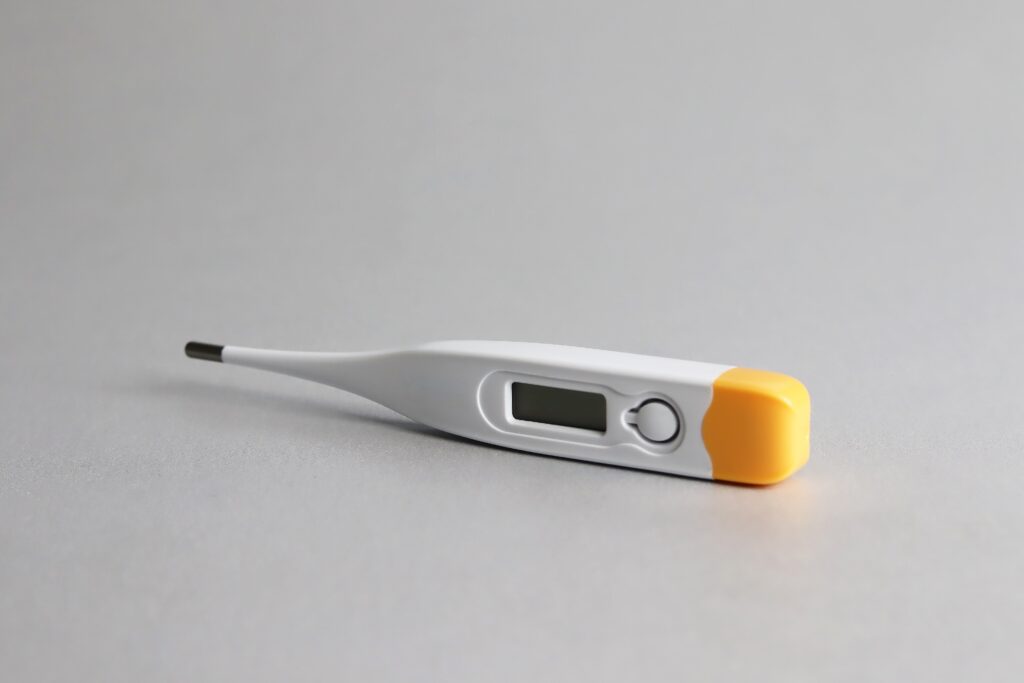
This image is property of images.unsplash.com.
Managing Light Exposure
Consider Artificial Lighting
In situations where natural sunlight is limited, such as during the winter months or in locations with shorter daylight hours, considering the implementation of artificial lighting can be beneficial. Artificial lighting allows you to supplement the natural light and provide your plants with the required amount of light for optimal growth. Choose appropriate types of grow lights, such as fluorescent or LED, and position them at the correct distance and angle to ensure proper light distribution within your greenhouse.
Use Light Diffusing Material
Light diffusion is an effective technique to ensure that light is evenly distributed throughout your greenhouse, preventing any hotspots or areas of uneven light exposure. utilize light diffusing materials, such as shade cloths or reflective film, to scatter and disperse the sunlight. This helps to minimize the intensity of direct sunlight and reduces the risk of sunburn or heat stress on your plants. By using light diffusing materials, you can create a more balanced and consistent distribution of light, promoting healthy growth in your greenhouse.
Arrange Plants Appropriately
Proper plant placement within your greenhouse plays a crucial role in optimizing light exposure. Arrange your plants in a way that ensures each plant receives an adequate amount of light. Consider the height and growth habit of different plant varieties when placing them within the greenhouse. Taller plants should be positioned at the back to prevent shading smaller plants, while plants with similar light requirements can be grouped together to ensure uniform light exposure. By arranging your plants appropriately, you can maximize light penetration and create a favorable microclimate for all your plants.
Watering Techniques for a Balanced Microclimate
Employ a Drip Irrigation System
A drip irrigation system is a highly efficient way to water your plants while minimizing water waste. It delivers water directly to the base of each plant through a network of tubes or pipes with specialized emitters or drippers. This allows for precise control over the amount of water each plant receives. Employing a drip irrigation system helps maintain a balanced microclimate by providing consistent moisture to the roots without overwatering or creating excessive humidity within the greenhouse.
Install an Automated Watering System
For convenience and precise control over watering, consider installing an automated watering system in your greenhouse. These systems can be programmed to water your plants at specific intervals and durations. Automated watering systems can be set to respond to specific moisture levels, ensuring that your plants receive the appropriate amount of water. By automating the watering process, you can maintain a balanced microclimate and prevent under or overwatering, optimizing plant growth in your greenhouse.
Avoid Overwatering
One of the common mistakes made in greenhouse gardening is overwatering. Overwatering can lead to root rot and the development of fungal diseases, negatively impacting the microclimate within your greenhouse. It is important to monitor the moisture levels of your plants’ soil and avoid excessive watering. Use moisture meters or your finger to assess the moisture content and water your plants only when the soil has dried out to an appropriate level. By avoiding overwatering, you can maintain a balanced microclimate and promote healthier plant growth.
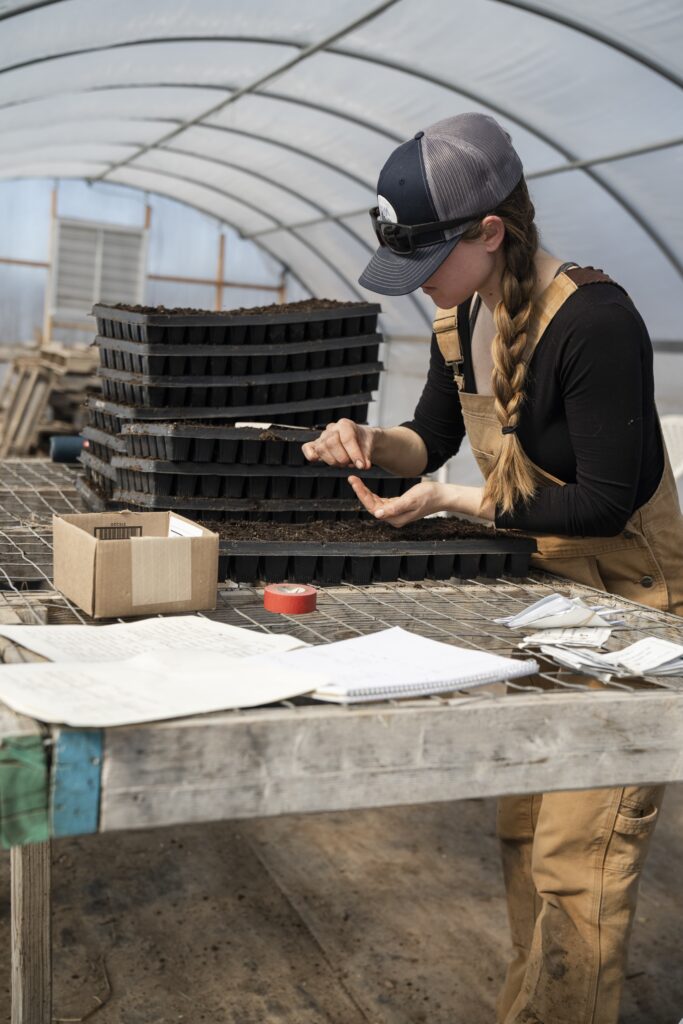
This image is property of images.unsplash.com.
Controlling Pest and Disease Infestations
Implement Proper Sanitation Measures
Maintaining proper sanitation practices is essential for preventing and controlling pest and disease infestations within your greenhouse. Regularly clean and sanitize all areas of your greenhouse, including benches, pots, tools, and equipment, to eliminate any potential sources of pests or diseases. Remove fallen leaves, debris, and dead plant material to minimize hiding places for pests. By implementing proper sanitation measures, you can create a more hygienic environment that discourages pest and disease infestations.
Use Biological Pest Control Methods
Biological pest control methods involve using beneficial organisms to control pests and reduce the need for chemical pesticides. Introduce natural predators, such as ladybugs or nematodes, that feed on common greenhouse pests like aphids or thrips. Additionally, utilize biological controls such as sticky traps or insect-releasing systems that target specific pests. These methods help to maintain a balanced ecosystem within your greenhouse, keeping harmful pests in check and minimizing the risk of pesticide residues.
Monitor and Inspect Regularly
Regular monitoring and inspection of your plants are vital for early detection and prevention of pest and disease infestations. Regularly check the leaves, stems, and undersides of your plants for any signs of pests, diseases, or abnormalities. Look out for yellowing, spotting, wilting, or curling leaves, as these may indicate the presence of pests or diseases. By identifying issues early on, you can take prompt action and prevent the infestation from spreading, ensuring a healthier microclimate for your greenhouse.
Remove Infested Plants Promptly
If you notice any plants that are heavily infested with pests or affected by diseases, it is crucial to remove them promptly from your greenhouse. Infested or diseased plants can quickly become a source of contamination and spread pests or diseases to healthy plants. By promptly removing and disposing of infected plants, you can minimize the risk of further damage and maintain a healthier microclimate in your greenhouse.
Choosing Suitable Plant Varieties
Research Plant Hardiness Zones
When choosing plants for your greenhouse, it is important to consider the plant hardiness zones for your specific region. Plant hardiness zones provide valuable information about the climatic conditions that plants can tolerate and thrive in. Research and select plant varieties that are suitable for your hardiness zone to ensure that they are well suited to the local climate and microclimate inside your greenhouse. This helps to enhance the chances of successful plant growth and minimize the risk of plants struggling in unsuitable conditions.
Understand Plant Specific Requirements
Different plant species have varied requirements in terms of temperature, light, and humidity. Understanding the specific needs of the plants you intend to grow in your greenhouse is essential for creating a favorable microclimate. Consider factors such as temperature preferences, light intensity requirements, and humidity tolerance of each plant variety. Group plants with similar needs together to ensure that their specific requirements are met, providing a suitable microclimate for their growth and development.
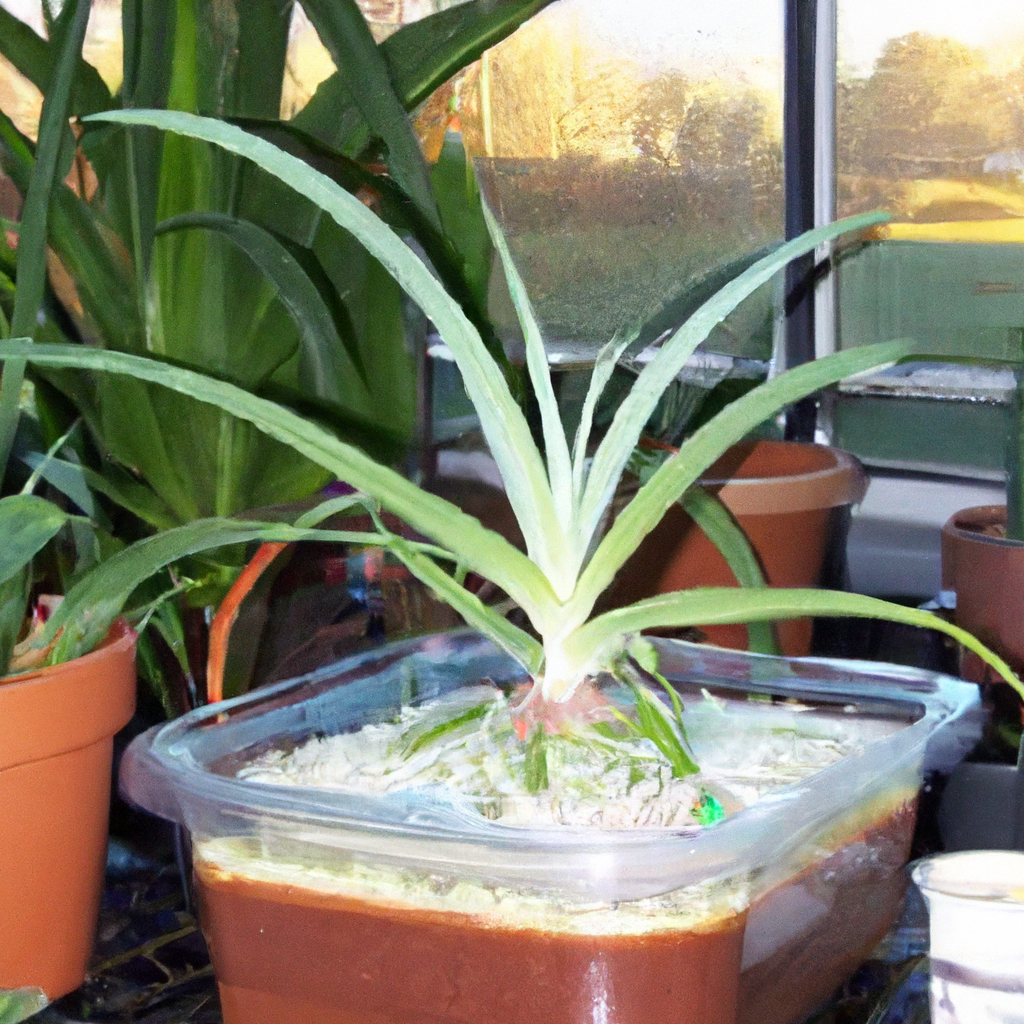
Maintaining Proper Nutrient Levels
Implement a Balanced Fertilization Routine
Maintaining proper nutrient levels is crucial for the healthy growth of your plants and creating a favorable microclimate. Implement a balanced fertilization routine that provides your plants with the necessary nutrients they need to thrive. Use a high-quality fertilizer formulated specifically for greenhouse plants and follow the recommended dosage instructions. Regularly monitor the nutrient levels of your plants and adjust the fertilization routine accordingly to maintain a balanced and optimal microclimate.
Consider Soil Testing for Nutrient Analysis
To accurately assess the nutrient levels in your greenhouse soil and ensure that your plants receive the necessary nutrients, consider conducting periodic soil testing. Soil testing helps to identify any nutrient deficiencies or imbalances that may be impacting the growth of your plants. Based on the results, you can adjust your fertilization routine and add specific amendments to correct any nutrient issues. By regularly monitoring and maintaining proper nutrient levels, you can optimize the microclimate within your greenhouse and promote healthy plant growth.
Regular Maintenance and Monitoring
Clean and Inspect Greenhouse Regularly
Regular maintenance and cleaning of your greenhouse are essential for creating and maintaining a favorable microclimate. Clean all surfaces of your greenhouse, including the walls, floors, and benches, to remove any dust, dirt, or plant debris. Inspect the structural integrity of the greenhouse regularly, checking for any damage or potential issues. Address any repairs or necessary improvements promptly to ensure that your greenhouse continues to provide a stable and optimal environment for your plants.
Monitor and Adjust Microclimate Parameters
Regularly monitor and adjust the microclimate parameters within your greenhouse to ensure that they remain within the desired range for your plants. Use a combination of thermometers and hygrometers to measure the temperature and humidity levels. Monitor the readings regularly and make adjustments as needed, such as adjusting ventilation, misting, or heating systems. By actively managing the microclimate parameters, you can create a stable and balanced environment that promotes optimal plant growth.
Conduct Routine Plant Care Tasks
In addition to maintaining the greenhouse itself, it is important to conduct routine plant care tasks to ensure a favorable microclimate. Regularly inspect your plants for any signs of stress, pests, or diseases. Prune or trim plants as needed to promote airflow and prevent overcrowding. Monitor the watering requirements of your plants and adjust accordingly. Stay vigilant and address any issues promptly to maintain a healthy and balanced microclimate within your greenhouse.
Creating a favorable microclimate in your greenhouse requires careful consideration of various factors, from choosing the right location and structurally designing the greenhouse to implementing the necessary equipment and techniques for temperature, humidity, lighting, watering, and pest control. By optimizing these elements and regularly maintaining and monitoring your greenhouse, you can create an ideal microclimate that promotes healthy plant growth, maximizes yields, and ensures a successful gardening experience. Remember to tailor your approach to suit the specific needs of the plant varieties you intend to grow and enjoy the benefits of a thriving greenhouse.
